The main reason that we included a trip to Havana into our trip was our neighbours who went to Havana last year and liked it a lot and their recounting of this place sounded fascinating enough to convince us to go and see it for ourselves. And thus we added it to our itinerary.
We landed in Havana airport late in the afternoon on a flight from Italy and the first thing that greeted us was the heat and the high level of humidity.
Our elegant Spanish Colonial style hotel, Santa Isabel, was situated in the Old Havana, a block away from the sea and the famous Malacon promenade and in walking distance from the Calle Obispo, the most travelled pedestrian drag connecting Old Havana with the city centre.
Originally a 19th century palace build for the aristocracy, the hotel's features still retain the regal feel of historic Havana and in its rich history is proud to name Jimmy Carter as one of their many distinguished guests who came here to stay.
In keeping with our tradition, the first thing we do when we arrive at a new destination, is take a city tour and Havana was no exception. We wanted to go on a Red Hop-on hop-off bus but when we found a ticket office and asked for the tickets we were told that due to the recent hurricane that swept over the Carribean, some parts of the city were not accessible by the buses and so our next option was to take a private car tour. We were not prepared for that and as we didn't have Plan B. While we were standing under the hot sun in the middle of the street pondering what our next step, we were approached by a man named Rene who after a short introduction had offered his tour guide services to us. He said that he would charge us about 200 CUC (Cuban Convertible Peso that must be used by all the tourists) which was an equivalent to AUD 250 for three hours of his tour guide services that sounded reasonable under the circumstances so we agreed.
It was a bit of a gamble, we didn't know him at all, he had no paperwork or any credentials on him but somehow we sensed that we could trust him and followed him to his car that was parked a few meters away from the tourist agency.
We first thought that he is going to drive us in one of the shiny brightly coloured Cadillacs parked alongside but we jumped into an ordinary old car, that was originally imported from Russia about 40 years ago, believe it or not. What an irony.
Despite the fact that the car was very old and rusty on all sides, which is the condition of almost all the cars that we saw in Havana anyway, it was, to our pleasant surprise, air-conditioned and Rene turned out to be very knowledgeable not only about city landmarks but about the history of Cuba and its political situation.
Our first stop was Havana's fortress De San Carlos de la Cabana build in the 17th century, it is the second largest fort structure in the Americas. It was built on the eastern side of the Havana port to defend the city from invaders and its elevated position provided a perfect opportunity to view the city from an expansive point of view and put its topographical layout into perspective.
Next stop was a short drive to Plaza de la Revolucion, where political rallies take place and where Fidel Castro and other political readers addressed the Cubans. The Plaza is dominated by the memorial to Cuba's National Hero, Jose Marti which features a more than 100 meters tall tower and his statue. Many other government ministries and buildings located in and around the plaza, and behind the Plaza, is the Palace of Revolution, the seat of Cuban government and Communist Party.
The other eye catching memorials of this Plaza are the two matching gigantic steel portraits of two most important heroes of Cuban revolution, Che Guevara and Camilo Cienfuegos gracing the facades of the Ministries of Interior and Communications.
Following the recommendation of our friends, we asked our driver to take us to the place called Fusterlandia, a ceramic wonderland in the northwestern end of Havana which owed its name to the Cuban pop-artist Jose Fuster who lives and works there.
Influenced by work of Gaudi, Fuster's stepping stone was a redecorating project around his small wooden home and over the last 10 years has grown into an amazing spectacle of his imagination to the locals and visitors delight. Using ceramic and bright paints, Fuster has covered over 80 of his neighbours house each according to the character of its owner.
It took us good 30 minutes to get back to the city centre. Rene stopped the car in Parque Central, Central Park - one of the busiest places in Havana and from there we meant to return to our hotel by foot. But before we did that, we went to sit one of the stone benches in the centre of the park where we could appreciate the grandeur of the buildings surrounding the perimeter of the square.
At the centre of the park is a marble statue of Jose Marti surrounded by 28 palm trees signifying his day of birth, 28 of January. Raised on the 10th anniversary of his death, this marble statue was the first of thousands to be erected in Cuba.
After a while, we took Calle Obispo, a pedestrian cobble-stoned thoroughfare connecting Parque Centrale with Old Havana. Lined with bookstores, coffee house, paladars (private restaurants) and narrow shops where newborn entrepreneurs sell revolutionary paraphernalia and souvenirs, bars, restaurants, pizza houses and many more is the place to see and be seen.
Not a day went by that we didn't take a walk along Obispo, discovering something new about it as we went admiring the richly decorated facades of the old heritage buildings crumpling under the passage of time and neglect and awaiting a capitalist makeover while the others have been restored to their original glory.
Cubans love for the bright colours extends well past the old cars and it is very seldom that you would find a building not painted in retro pink, blue, or green
As I mentioned earlier, the day was quite hot and very humid so when we finally made it back to our hotel, we couldn't wait to step into our air-conditioned room. Once cooled down and refreshed, we both agreed that the initial impression of our first day in Havana was a bit disappointing. We new that life in Cuba could be challenging and that people don't have enough money to buy what they need but we were quite shocked by the state of the dwellings where they live, the absence of grocery shops and supermarkets and other common characteristics that define a modern city.
However, we went to bed with open minds, hoping that tomorrow we will discover another side of Havana but that is for the next post.
However, we went to bed with open minds, hoping that tomorrow we will discover another side of Havana but that is for the next post.
Until then,
Anna
xo

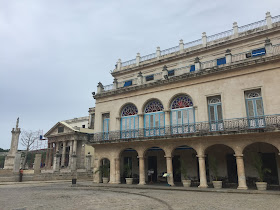
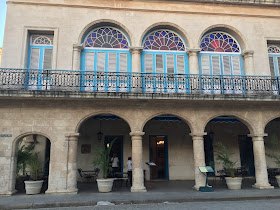
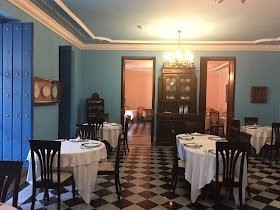





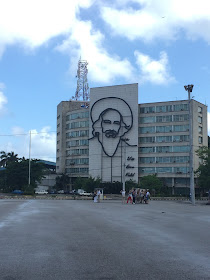
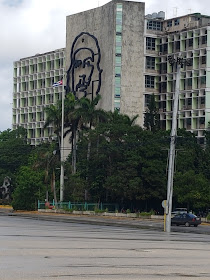

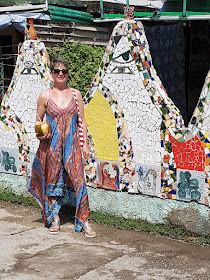


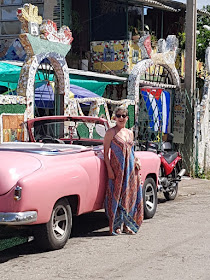

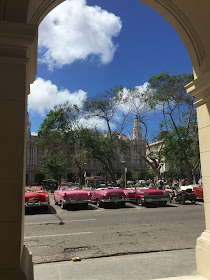
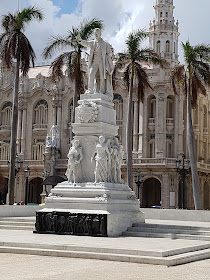
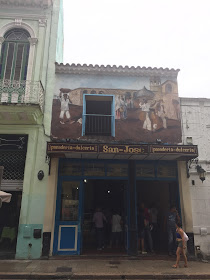
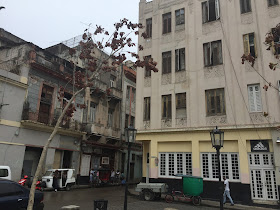


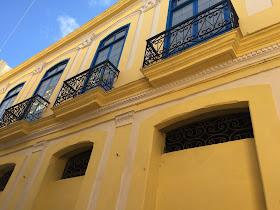
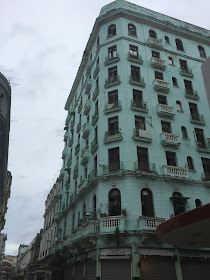

No comments:
Post a Comment